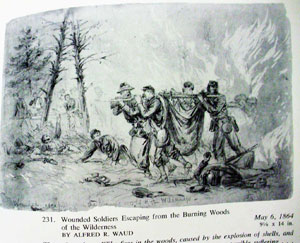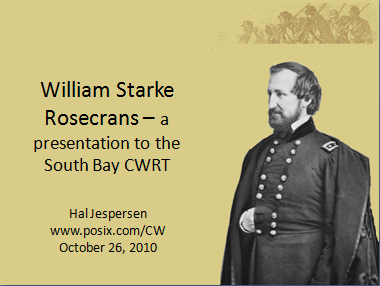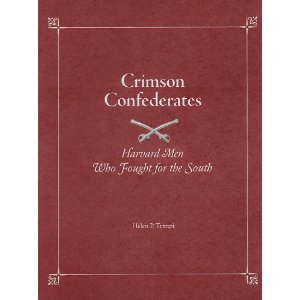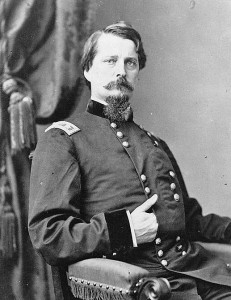Bill Noyes on “Sketch Artists of the Civil War”
The following description was provided by Bill after his talk:
The American Civil War was the beginning effort at illustrated journalism on a large and comprehensive scale on our side of the Atlantic and a far bigger and more successful effort than had occurred anywhere. The first such weekly newspaper, the Illustrated London News, had been established in 1842 and covered the Crimea and Garibaldi campaigns but not to the extent that our war was covered. American papers merely copied their coverage during these conflicts. Continue reading




